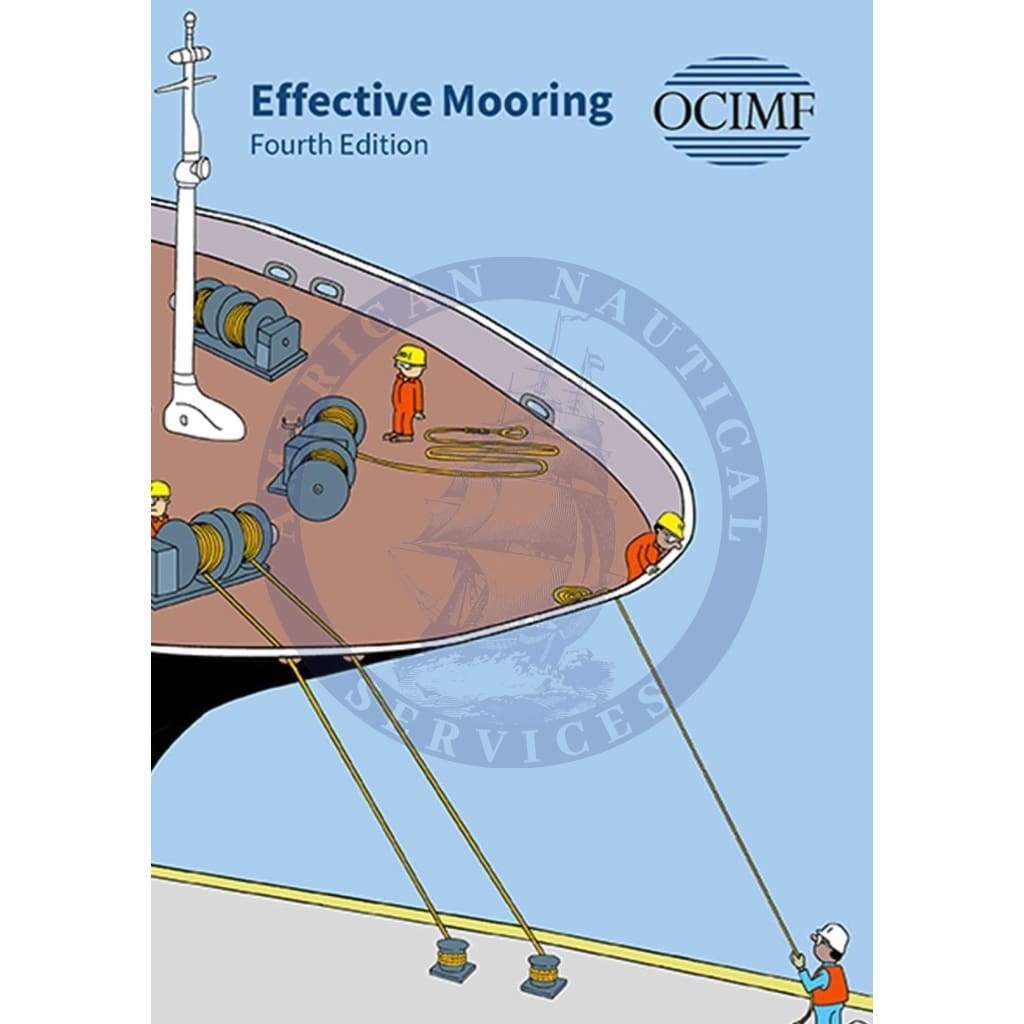1.1 What is the purpose of this guide?
This book gives seafarers general guidance on how to stay safe when mooring a ship. It is written in an easy-to-understand style for seafarers worldwide. More detailed technical information on the design and
maintenance of mooring systems is in OCIMF’s Mooring Equipment Guidelines, Fourth Edition (MEG4).
Although this guide is mainly for use on tankers, a lot of the information is also valid for other ship types, including small vessels and barges.
This guide is not a book of rules. It gives recommendations on safety and good operating practices. Where stricter international, national or local regulations apply, they take priority.
1.2 What is new in this edition?
This edition is aligned with the guidance in MEG4 and updates and replaces Effective Mooring, Third Edition.
New in the fourth edition:
• Emphasis on the whole mooring crew being responsible for safety.
• Removed guidance on marking snap-back zones: the whole mooring deck is a danger zone.
• More guidance on barges.
• Simplified language and more cartoons, to make it easier to read.
• Addresses human factors, e.g. communication, fatigue, situational awareness, etc.
1.3 Who should read this?
This book is mainly for the ratings, cadets and junior officers who actually do the mooring operations – the inexperienced trying to improve their skills and knowledge as well as the experienced who can, at times, be a little over-confident. It is particularly important for general purpose ratings who might not ordinarily work on the deck.
1.4 Why do I need guidance on mooring?
Mooring is one of the first operations you do when the ship leaves or arrives in a port. It is also one of the most complex and dangerous jobs on board and can have serious consequences if things go wrong.
Mooring, towing and anchoring can put a lot of strain on lines and equipment because of the high forces involved.
On some ships, you may face challenges such as poor construction and design of the mooring deck, its arrangements and equipment.
Using the guidance in this book can help improve everybody’s safety. By acting as a team, being well prepared, knowing how to control the risks and looking out for each other, you are more likely to stay safe.
Take care and think carefully, especially on ships with structures that make it hard to see what is happening. Remember that at different berths, the mooring arrangements can be very different.
The same principles apply to anchoring and towing operations.
1.5 Reasons for accidents
Accidents can happen at any time, usually unexpectedly, when you think the operation is going to plan. You think you are safe, doing what you always do, then suddenly you are in a situation you never thought was going to happen. After all, you know what you’re doing, don’t you? Your perception of danger often decreases over time. Maybe you lose concentration, maybe you cut your procedures just a little bit or maybe you get a little complacent – then an accident suddenly happens. Accidents happen because of many factors, such as equipment, work
processes, knowledge, concentration, safety culture and that great unknown: environmental conditions!
lang="en-GB"
Details
Title: Effective Mooring, Fourth Edition.
Number of Pages: 72
Product Code: WS1663K
ISBN: ISBN 13: 978-1-85609-807-6 (9781856098076), ISBN 10: 1-85609-807-9 (1856098079)
Published Date: March 2019
Binding Format: Paperback
Book Height: 180 mm
Book Width: 120 mm
Book Spine: 5 mm
Weight: 0.10 kg
Author: Oil Companies International Marine Forum







